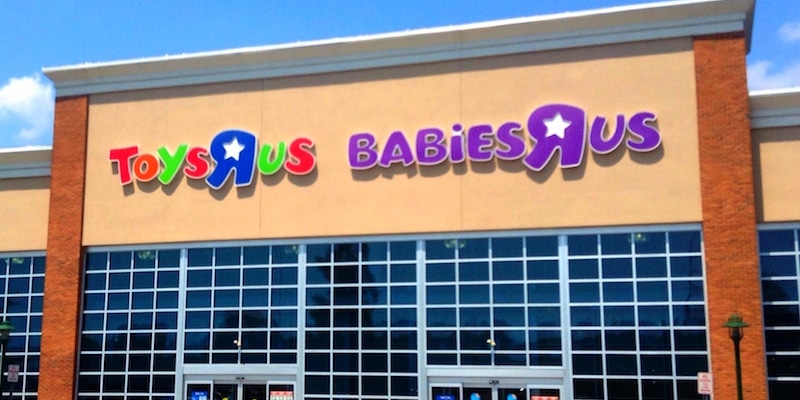Just in time for the all-important holiday season, Toys ‘R’ Us has filed for bankruptcy, giving the beleaguered toy seller entrance into a growing but unfashionable club: retailers forced into bankruptcy by private equity investors. The remnants of once successful performers who aligned their fortunes with the seemingly sound practices and advice of professional money managers (Radio Shack, The Sports Authority, American Apparel, Rue 21, etc.) now litter the retail landscape.
The tenets of Professor Christensen’s “good money versus bad money” reveal why the resulting negative outcomes were preordained (hint: private equity investors have different motivations for and expectations of “performance”). But the fate of Toys ‘R’ Us and its bankrupt comrades teaches a valuable, albeit painful, lesson for companies looking for success and sustainability.
The basic premise of the theory is that good money is impatient for profit but patient for growth. In these retail examples, managers saw private equity as a means to grow their footprints quickly with the expectation that considerable profit would follow–and thus took the bad money, which is impatient for growth but patient for profit. They loaded their companies with debt (Toys ‘R’ Us has roughly $5 billion in outstanding debt) to fund their growth and expansion. In a hyper-competitive trading environment, the profitability of the original business did not scale and therefore has not produced the expected return. Consequently, this debt becomes a drag on future investment and eventually leads to ruin.
Private equity investors have a misaligned motivation to maximize return on their investment–profitability from operations and long-term sustainability are secondary to this goal. Toys ‘R’ Us is a perfect example of this misalignment. Available funds that could have been used for both in-store and online innovations were instead used to service their burdensome debt obligations. Consequently, this ensured their failure to identify and capitalize on changes in the marketplace. By forsaking potential growth opportunities, competitors increasingly saw Toys ‘R’ Us as ripe for exploitation. Amazon rose to dominate the e-commerce business, while Wal-Mart and Target battled on the bricks-and-mortar front. As Toys ‘R’ Us’ investment in innovation withered, sales declined and, finally, creditors had to pull the plug.
The lesson here for managers, in retail and other industries, is to align any intended investments with the long-term, sustainable goals of the business. Funding growth that isn’t profitable and reducing or eliminating the ability to innovate are surefire ways to fail.
Toys ‘R’ Us should emerge from bankruptcy in a smaller, but stronger format. If they want to satisfy the holiday dreams of parents and children for years to come, they would be wise to avoid the gifts of private equity and follow the rules of good money—profit first; growth second.



